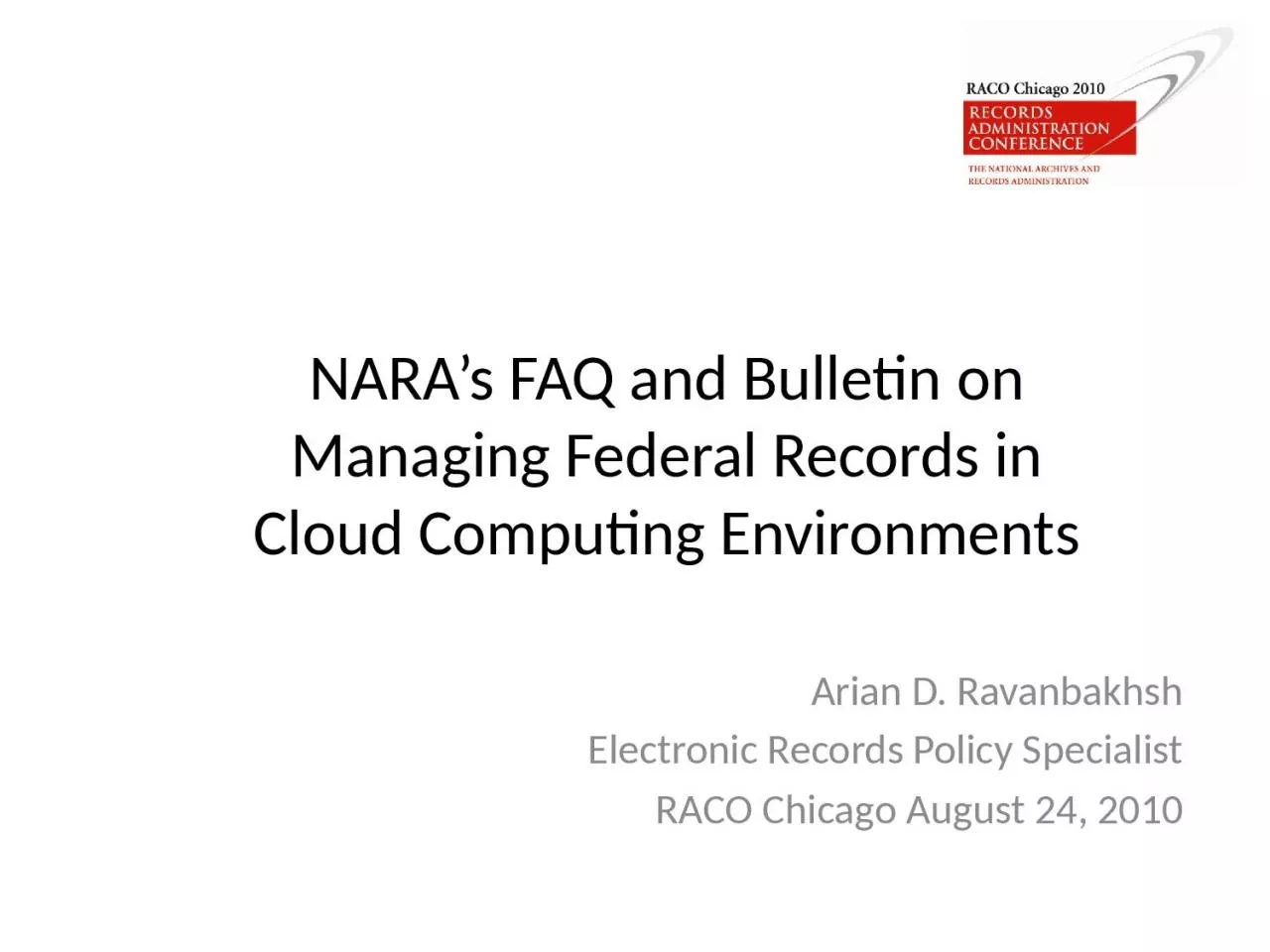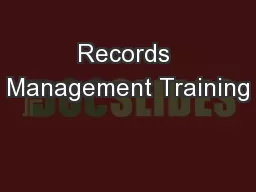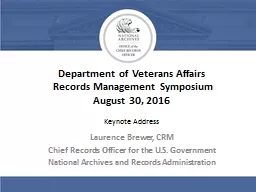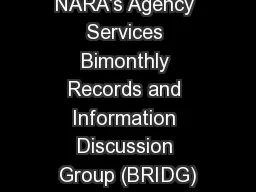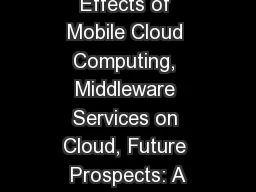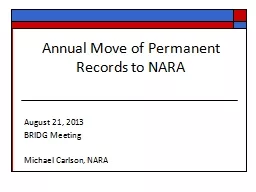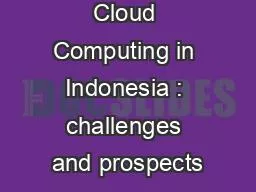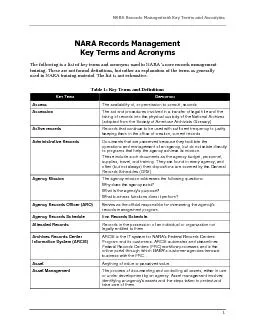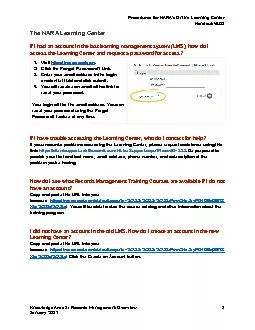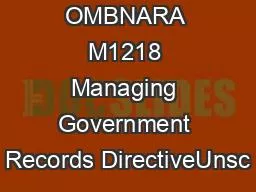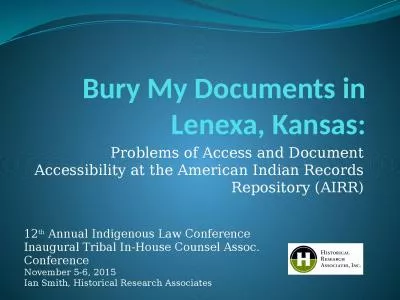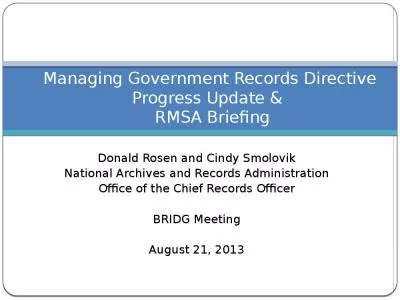PPT-NARA s FAQ and Bulletin on Managing Federal Records in Cloud Computing Environments
Author : popsmolecules | Published Date : 2020-09-28
Managing Federal Records in Cloud Computing Environments Arian D Ravanbakhsh Electronic Records Policy Specialist RACO Chicago August 24 2010 Outline ContextBackground
Presentation Embed Code
Download Presentation
Download Presentation The PPT/PDF document "NARA s FAQ and Bulletin on Managing Fede..." is the property of its rightful owner. Permission is granted to download and print the materials on this website for personal, non-commercial use only, and to display it on your personal computer provided you do not modify the materials and that you retain all copyright notices contained in the materials. By downloading content from our website, you accept the terms of this agreement.
NARA s FAQ and Bulletin on Managing Federal Records in Cloud Computing Environments: Transcript
Download Rules Of Document
"NARA s FAQ and Bulletin on Managing Federal Records in Cloud Computing Environments"The content belongs to its owner. You may download and print it for personal use, without modification, and keep all copyright notices. By downloading, you agree to these terms.
Related Documents

